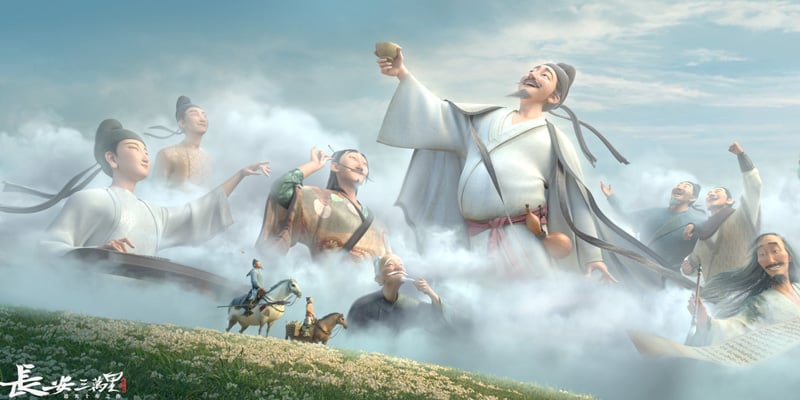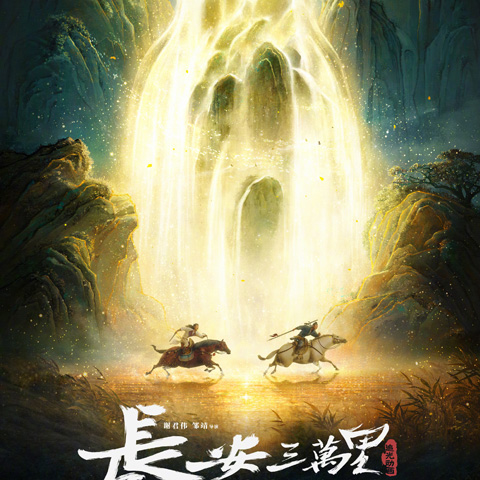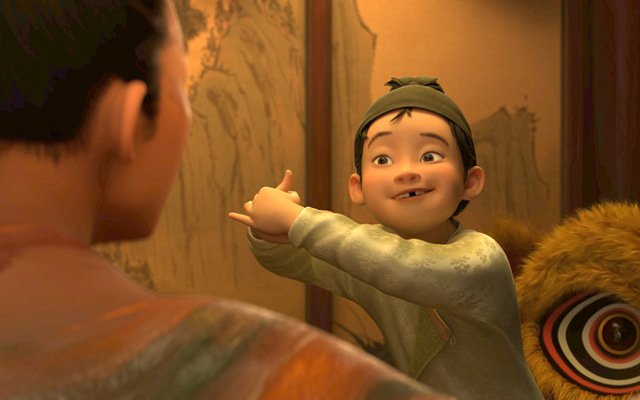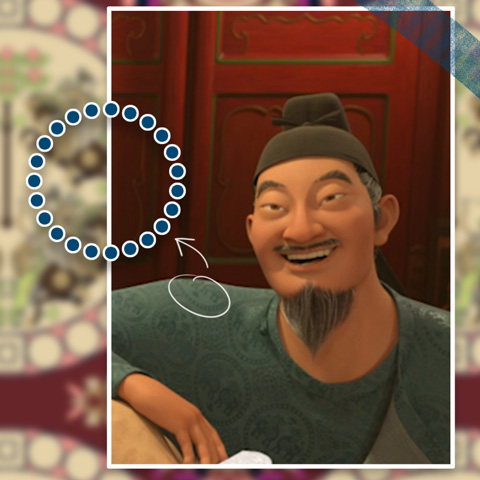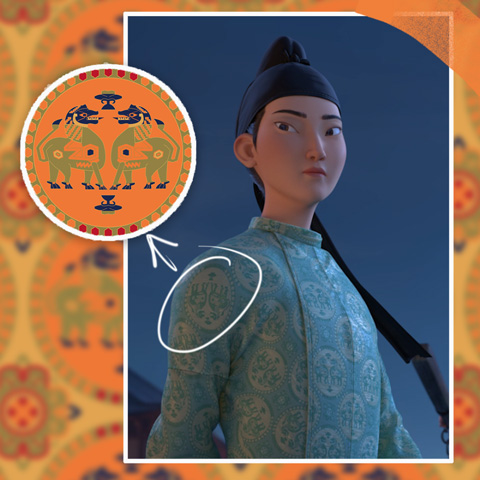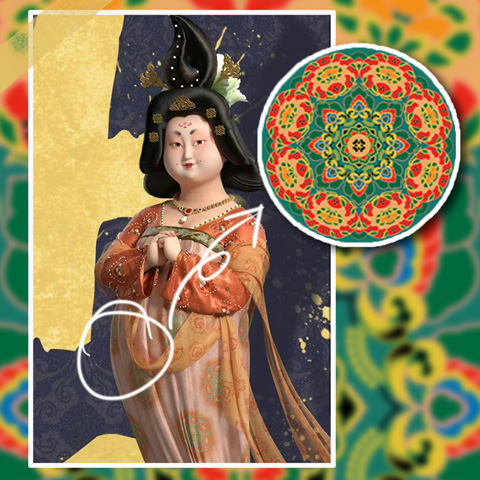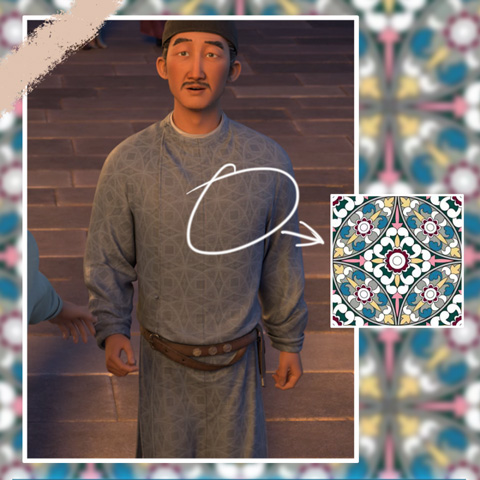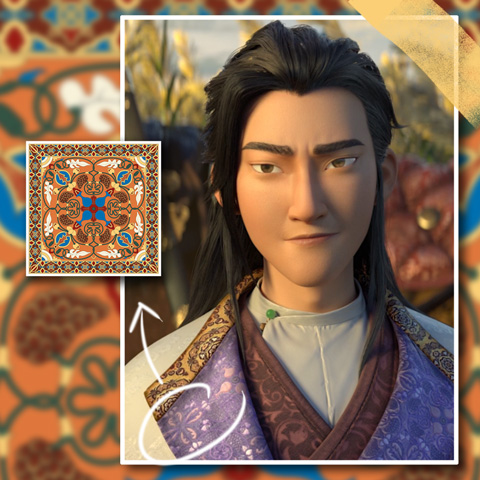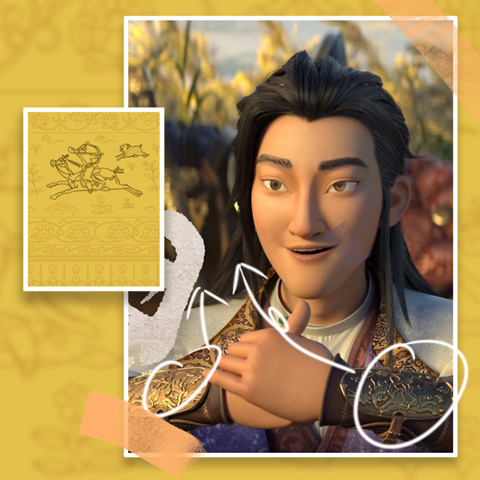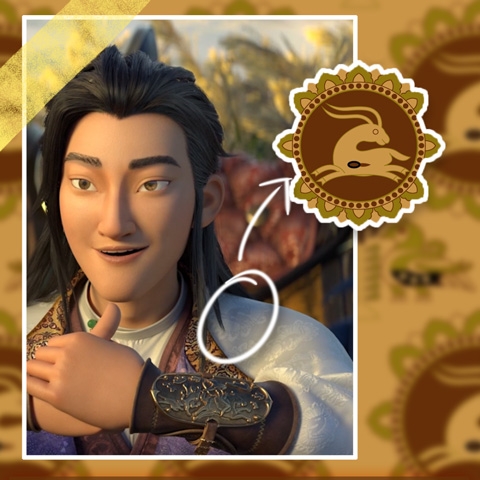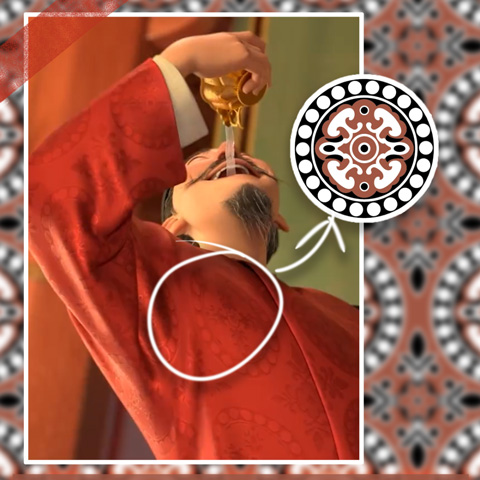The animated historical film "Chang An," produced by Light Chaser Animation Studios and directed by Xie Junwei and Zou Jing, was released on July 8, 2023. Set against the backdrop of the prosperous Tang Dynasty, the film depicts the chaos that engulfed Chang'an after the An Lushan Rebellion. In this tumultuous time, Gao Shi reminisces about his past with Li Bai.
What makes this film remarkable is not only its portrayal of a realistic and captivating Li Bai but also its presentation of the poignant stories between Li Bai and Gao Shi throughout their lives. It showcases their encounters with other prominent figures of the Tang Dynasty such as Du Fu and Wang Wei, capturing the splendorous era they lived in and showcasing the infinite charm of poetry and culture.
Recently sparked heated discussions among netizens after its release. The film showcases the charm of Eastern aesthetics, allowing viewers to travel through time and experience the splendorous Tang Dynasty. In addition to the essence of Tang style emanating from poetry, the intricate motifs on the characters' costumes in the film also reveal the beauty of lines within China's long historical river.
Patterns, simply put, refer to decorative designs. Ancient people drew inspiration from nature and used realistic or abstract techniques to create exquisitely carved beauty in traditional Chinese clothing, utensils, and architecture.
Chinese traditional motifs have been passed down orderly since ancient times. From as early as Neolithic times until today, whether it is jade artifacts, lacquerware, clothing or architecture, they all bear distinctive and beautiful traditional motifs.
It can be said that these motifs are a crystallization of Chinese ancestral wisdom and aesthetics; they are one of the codes representing culture and heritage. Let us follow along with these motifs depicted in the movie and appreciate this millennium-old Oriental romance.
Lian Zhu Wen (联珠纹, interlaced pearl motifs): consists of beads connected in circular, square, or polygonal bands and is often used as an embellishment. The interior is usually filled with rich symbolism and features beautifully shaped main motifs.
As early as during Wei-Jin Northern-Southern Dynasties period's murals appeared Lian Zhu Wen. By Sui-Tang dynasty period (581-907), interlaced pearl motifs had become a representative pattern appearing on various objects.
Tuan Ke Wen (团窠纹) is a form of framework design. "Ke" refers to the nests of birds, animals, and insects. The Tuan Ke Wen combines elements such as flowers, birds, animals, objects, and figures to create patterns that resemble nests.
The Tuan Ke Wen first emerged in Tang Dynasty textiles as a pattern for newly woven silk products. Not only does it possess an overall striking effect but also rich details at close range; it exudes great aesthetic appeal.
The Bao Xiang Hua Wen (宝相花纹) does not refer to a specific flower but rather extracts petal shapes, buds, and leaves from various flowers such as lotus blossoms, pomegranate flowers, peony flowers, chrysanthemums etc., which are then artistically processed and fused together.
The Bao Xiang Hua Wen is a traditional auspicious motif in China that conveys good fortune and happiness; its specific forms varied across different periods. During Sui-Tang era (581-907), Bao Xiang Hua Wen exhibited fuller shapes and were based on various natural flowers, with multiple layers of petals, exuding an elegant and luxurious beauty.
The Qiu Lu Wen (球路纹) is a type of structural design that consists of a central theme composed of a large circle, with several small circles arranged at the corners, interconnected and intersecting with each other, developing in a continuous cycle towards the surrounding areas.
The Qiu Lu Wen typically appears in a skeletal form, filled with floral motifs, animal motifs, and geometric patterns. It presents a rich layering effect and creates a full-bodied composition.
The grape motifs depict bountiful grapes along with intertwining vine tendrils. It carries the auspicious meaning of fertility, wealth, and longevity.
Grape motifs can be used as both the main decorative pattern or combined with bird-and-beast motifs as auxiliary patterns. Introduced to Central China along the Silk Road during the Han Dynasty (202 BC – 220 AD), it was deeply loved by people and developed into a traditional auspicious pattern in China.
The Shou Lie Wen (狩猎纹) commonly found in the Central Asia region exhibits distinct characteristics of its era. In this hunting motif depicted here: galloping horses race forward while horseback warriors shoot arrows behind them; a lion leaps at the flying horse. This conveys bravery and valorous qualities.
During the prosperous Tang Dynasty, Shou Lie Wen became extremely intricate. They not only reflected social activities and aesthetic tastes of that time but also represented cultural assimilation of foreign influences.
Animal patterns influenced by Persian culture have been discovered in Northwestern China among other regions through intricate woven tapestries featuring Lian Zhu & Tuan Ke. They exhibit distinctive exotic styles including deer, horses, sheep, and birds among others.
In early versions of Lian Zhu Tu Ke motif, there would be only one animal depicted: large in size and robustly powerful; subsequently, they began to appear more frequently in pairs with livelier and cuter forms.
Floral designs are characterized by their curved shapes which depict the natural beauty of plants swaying in the wind; they also express admiration for tenacious life. Floral leaf patterns prevailed during the Tang Dynasty; branches and leaves were plump and lush while displaying an overall structure that was graceful yet complex, a vibrant manifestation reflecting the splendid style of Tang craftsmanship.
Having endured through time's baptism, Chinese motifs have formed a unique artistic style, they bear witness to the ancient culture of the Chinese nation. The aesthetic memories engraved within them continue to shine brilliantly throughout history's long river.
